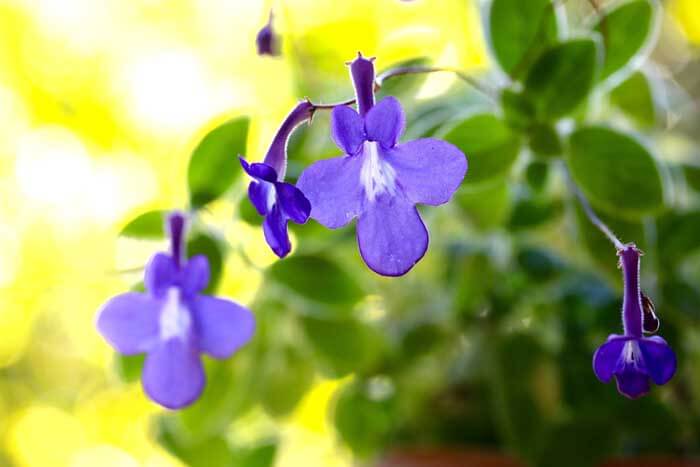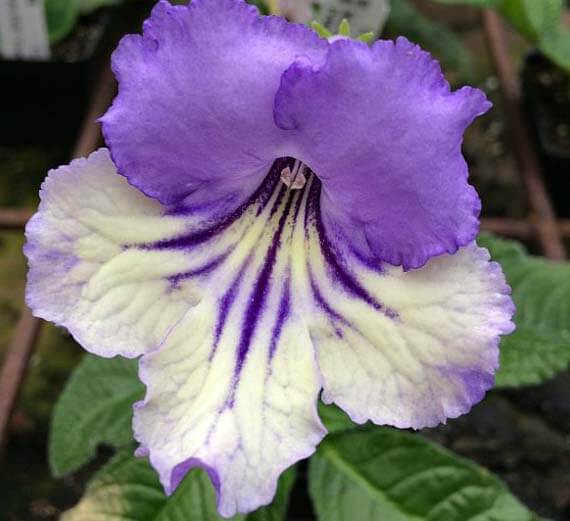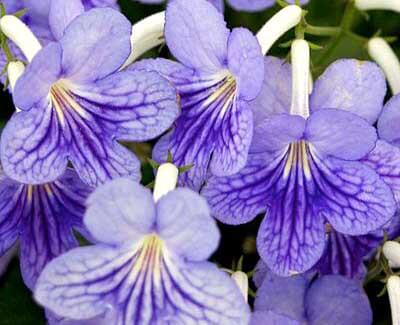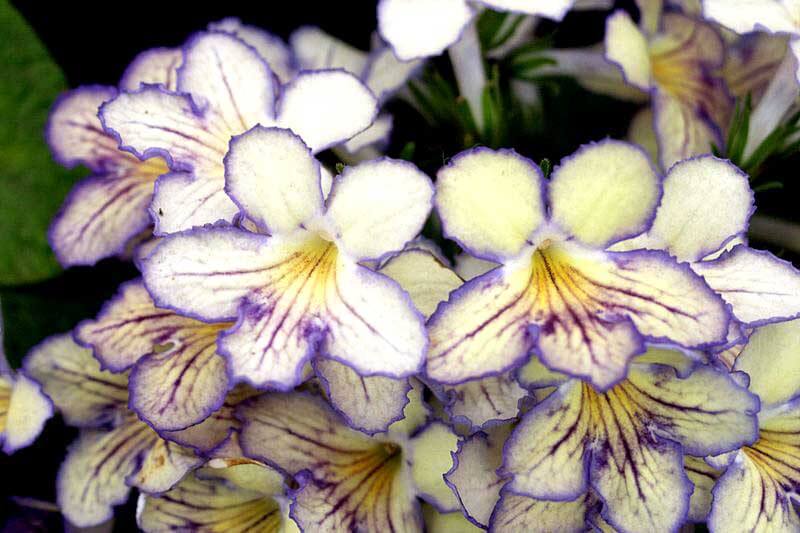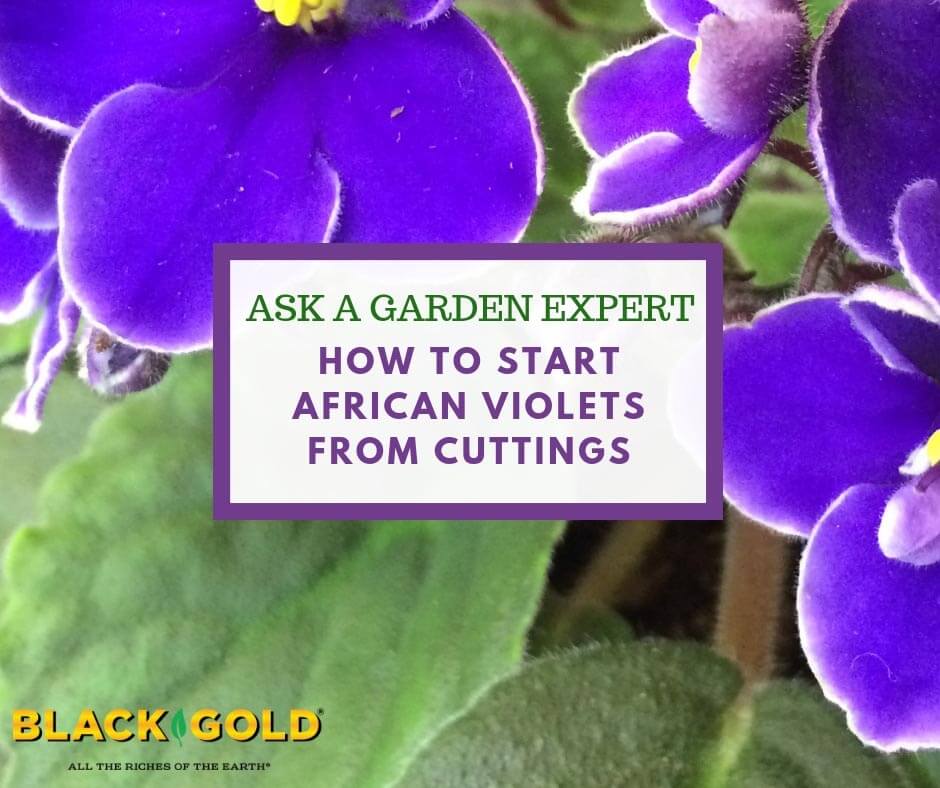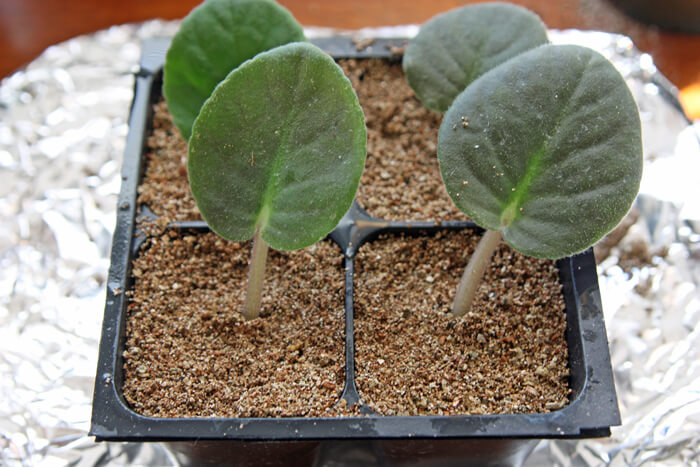After the holiday season is over and the poinsettias have been discarded, the home can seem to be rather bleak with no color from blooming plants. Having indoor color to brighten some of the dark and gloomy days we get in the winter months can give our spirits a boost while we wait for spring. In the time between now and the arrival of spring, a good way to fill the flower void is with the easy-to-grow, blooming house plant, Cape primrose (Streptocarpus spp.).
Cape Primrose Origins
The common name, Cape primrose, refers to the plant’s usually long-tubed, primrose-like flowers with South African Cape origins. But, it is not a true primrose. Instead, it’s in a plant group called gesneriads, in the family Gesneriaceae, and a relative of African violets. Cape primroses have an advantage over African violets in that they produce multiple large flowers on longer stems. Like African violets, they can bloom over a long period of time and come in colorful shades of blue, purple, pink, yellow, white and bicolors. They also have contrasting veins and/or throat colors for added appeal. There are many cultivated varieties, and many have ruffled edges for extra flounce.
Growing Cape Primroses
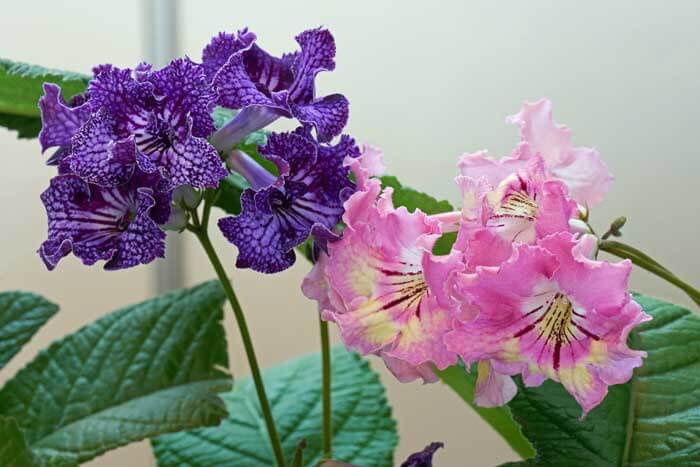
If you can grow African violets, then you can grow Cape primroses. Since both plants are related, and grow in comparable environments in the wild, they require similar growing conditions. The correct potting mix is essential for good growth, and Black Gold African Violet Mix is ideal for providing a good balance between porosity and organic matter. (Click here for a full video about how to plant African violets and close relatives, like Cape primroses.)
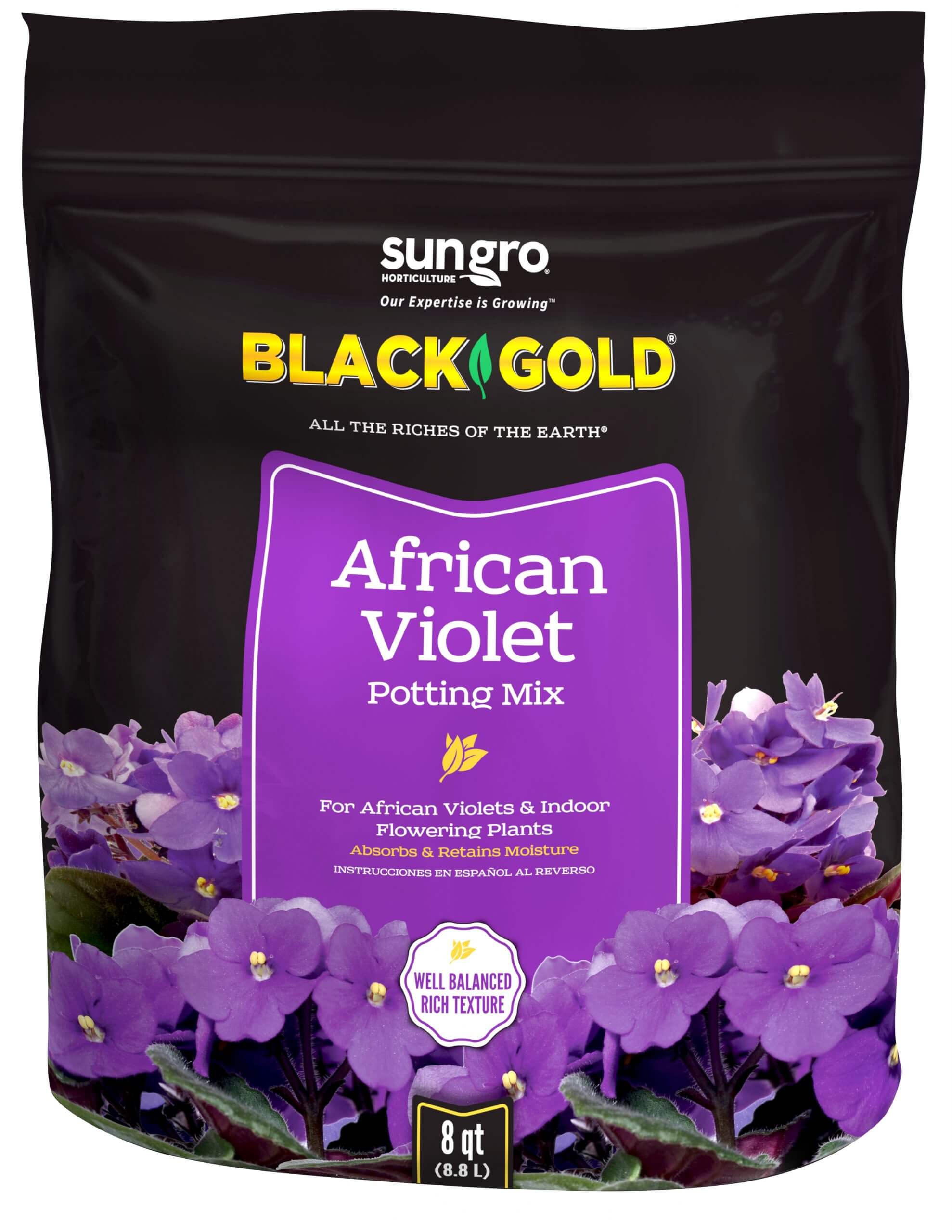 The location in the house is critical for Cape primroses to thrive and continue to bloom. Keep them in an area with bright, indirect light. They are sensitive to hot, direct sun but will not bloom without adequate light. They also require high humidity, so keep them away from a heating vent or outside door so as to minimize drafts. One humidifying method to try is placing the pots on a tray of crushed rock or small pebbles covered with water. This will keep the air around the plants humid while not over saturating the pots.
The location in the house is critical for Cape primroses to thrive and continue to bloom. Keep them in an area with bright, indirect light. They are sensitive to hot, direct sun but will not bloom without adequate light. They also require high humidity, so keep them away from a heating vent or outside door so as to minimize drafts. One humidifying method to try is placing the pots on a tray of crushed rock or small pebbles covered with water. This will keep the air around the plants humid while not over saturating the pots.
Most house plants either die or decline because of too much water, and Cape primrose is no exception. They should be watered thoroughly from the bottom, and the soil should be allowed to slightly dry out at the top before watering again. With too much water or lack of adequate drainage, the leaves will wilt and the base of the plant may rot.
Most Cape primrose hybrids also have large leaves, which tend to tear easily. If this happens, just cut off the damaged part. These are quite forgiving plants.
Most garden centers carry specific African violet fertilizers, which are also best for Cape primroses. Follow label directions and fertilize as needed.
Some Favorite Cape Primroses
False African Violet (Streptocarpus saxorum): Many small lilac-blue flowers are produced from densely foliated plants with small, succulent leaves.
Streptocarpus ‘Party Pinafore’: This variety boasts large, lilac-purple flowers with white lower lips striped with purple.
Streptocarpus ‘Bethan’: This cultivar has loads of medium-sized, pale violet-blue flowers with strong venation and white throats.
Streptocarpus ‘Seren’: Flowers of palest ivory with violet picotee edges and yellow throats bloom in profusion on these long-leaved plants.
Check out your local garden center that has a good selection of house plants, and you will most likely see Streptocarpus in bloom in an array of colors. There are even dwarf and trailing varieties. When it is too early to plant actual primroses (Primula spp.) outdoors, Cape primroses can be a good indoor substitute. And, when the weather warms, you can even place pots outdoors in brightly shaded spots for a bit of porch or patio color.



